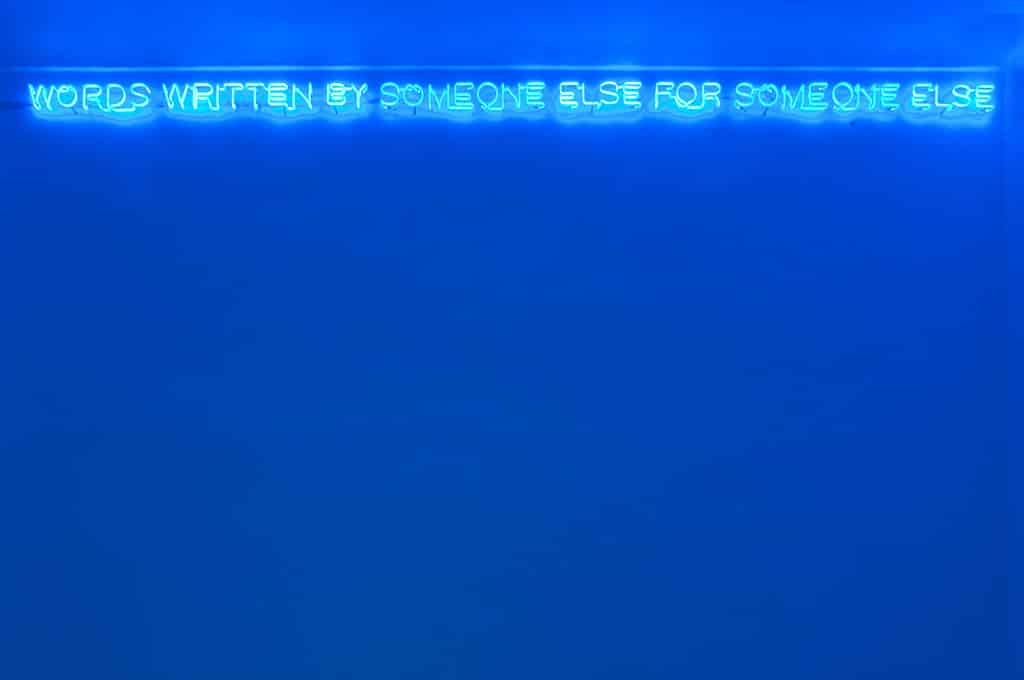Since the mid 1960s, Maurizio Nannucci (Florence, Italy, 1939) has been a major figure in international experimental art in concrete poetry, Fluxus, and conceptual art. Since 1967 (with “Alfabetofonetico”), Nannucci has created an extensive anthology of neon light texts, forming a linguistic repertoire in which varied meanings and a fresh perception of the space forge powerful connections to the work’s surroundings, both the architecture and the urban landscape. Also starting in the mid 1960s, Nannucci started to explore the complex relationships between art, language and images, spurring him to create original conceptual work, adopting diverse media, including neon, photography, video, sound, publications and artist books. His work’s spatial component and expressive power are based on ideas about light, time, space and words, leading to collaborations with Renzo Piano (“Polifonia” for the Auditorium of Rome, 2002), Stephan Braunfels (“Blauer Ring” for the Library of the German Parliament in Berlin, 2003), Massimiliano Fuksas, Nicholas Grimshaw, Mario Botta, and Claudio Silvestrin.
He has had over three hundred shows in museums and galleries, has been featured at the Venice Bienniale several times and has taken part in Documenta Kassel as well as the Sao Paolo, Sydney, Istanbul, and Valencia biennials. His public installations include: “Art,” 1988, Carpenter Center at Harvard University in Cambridge; “You can imagine the opposite,” 1991, Lenbachhaus, München; “Let’s talk about art, maybe,” 1993, Bank Building, Edinburgh; “Transit, a light journey,” 2000, Architecture Biennale, Venice; “All art has been contemporary,” 1998, Gam Turin; “What to see what not to see,” 2003, Valencia Biennial; “Changing place…,” 2004, Peggy Guggenheim Foundation, Venice; “Index,” 2005, Enssib, University of Lyon; Museum Der Moderne, Salzburg, 2008; Hubbrücke, Magdeburg, 2008; the Uffizi, Florence, 2010; Museum of Fine Arts, Boston, 2011; Stazione Leopolda, Florence, 2013.


